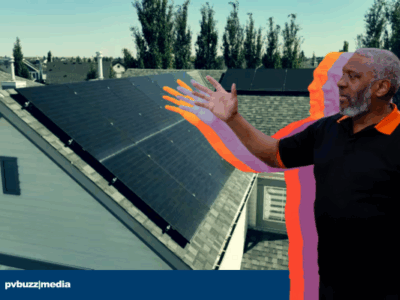Choosing the right panels and inverters might seem like the most important factor in assembling a great solar project. But equal attention should be paid to the enclosure housing all the important electrical components. If they’re not protected from the elements, then the solar project won’t function.
“Because solar controls can be the second or third largest cost of the solar system, it is in the best interest of the specifier to choose the enclosure best suited for the environment in order to prevent costly downtime,” said Roger Schroder, engineering manager for Stahlin Non-Metallic Enclosures.
Enclosures can be made of metal or nonmetallic materials (like thermoplastics and composites). While metal enclosures have been in the industry the longest, nonmetallic enclosures are making strides at market dominance. Metallic enclosures aren’t ideal for every outdoor application (stainless steel can rust, and aluminum can easily break down), but nonmetallic materials offer several advantages for almost any environment.
“Thermoplastics—such as polycarbonate, polyester, ABS and PVC—offer a degree of corrosion protection but are more susceptible to UV exposure and weathering degradation over time,” Schroder said. “Certain UV stabilizers are now added to extend the life of the thermoplastic enclosure.”
Thermosets/composites are typically made with reinforced fiberglass. These are corrosion resistant and can withstand harsh environments—like the extreme temperature fluctuations of the desert (where most of the U.S. multi-megawatt projects have found homes).
“Thermoplastics typically meet requirements for withstanding extreme temperatures and rain sleet, while protecting against external ice formation,” Schroder said. “Some enclosures can withstand temperatures ranging from -76° F to 274° F and are equipped with a rain shield to ensure that water on top of the cabinet does not fall into the enclosure whenever the door is opened.”
When deciding what enclosure to choose for a solar project, it’s important to take into consideration all environmental impacts and not just go with the cheapest price. Nonmetallic enclosures may initially have a higher cost, but their lack of maintenance to prevent rusting saves money in the long run.
Enclosure specification sheets list what the unit is made of, how it’s mounted, its temperature range, flammability rating and chemical resistance.
“It is important to know the environment and the application where the enclosure will be used because there are documented cases where the material selected for the application did not provide sufficient protection for the controls,” Schroder said. “Education on the pros and cons of each of these enclosure materials will aid specifiers in selecting the best choice for the solar controls.”
Published with permission from the original publication on Solar Power World Online By Kelly Pickerel.















Comments